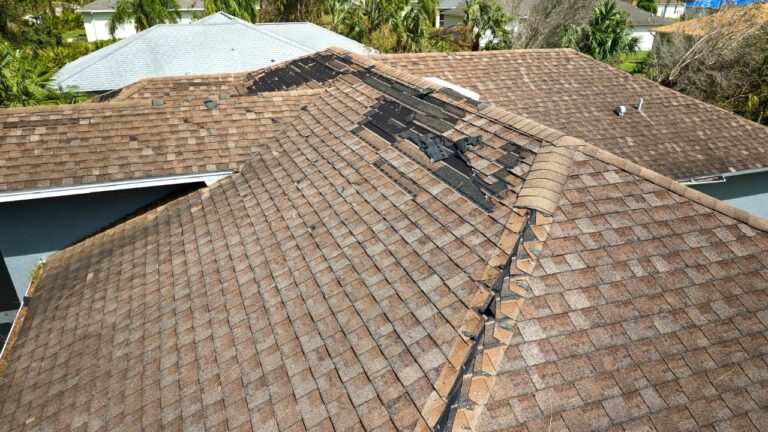10 Reasons Your House is Super Humid in the Summer
If your house feels sticky and swampy in the summer, it’s not just in your head. High humidity inside makes everything more uncomfortable—your AC works harder, your floors feel damp, and you might even notice mold creeping in. But there’s usually more to blame than hot weather alone.
From sneaky leaks to poor airflow, a few common problems can crank the moisture way up. Once you know what’s causing it, you can actually fix it—without throwing money at the wrong thing.
Your AC Isn’t Running Long Enough

Short cycles might cool the air, but they don’t dehumidify it well. Air conditioners need enough runtime to pull moisture from the air, and if yours kicks off too fast, it’s not doing the job. This can happen if your unit is oversized or if the thermostat is placed in a cooler spot than the rest of the house.
You’re Bringing In Too Much Outside Air

Cracking windows or running an attic fan might feel refreshing, but if it’s muggy outside, you’re pulling all that moisture in. Even a tiny gap around doors or windows can let humid air sneak in nonstop. Sealing those up and controlling ventilation makes a bigger difference than most folks realize.
You Have a Hidden Plumbing Leak
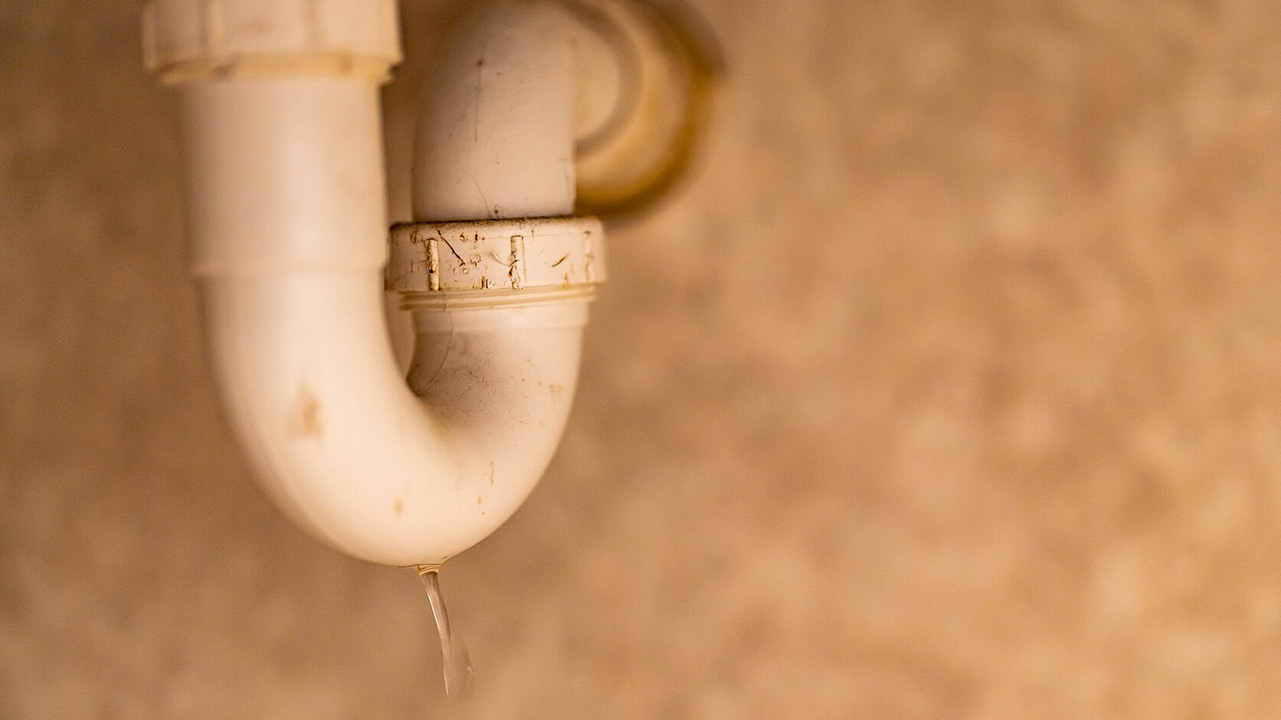
A slow leak under the sink or behind a wall can raise humidity fast. Even if it’s not enough to soak through, that constant trickle adds moisture to the air. If you notice musty smells or extra condensation nearby, it’s worth digging deeper. Leaks don’t have to be dramatic to do damage.
Your Dryer Is Venting Inside
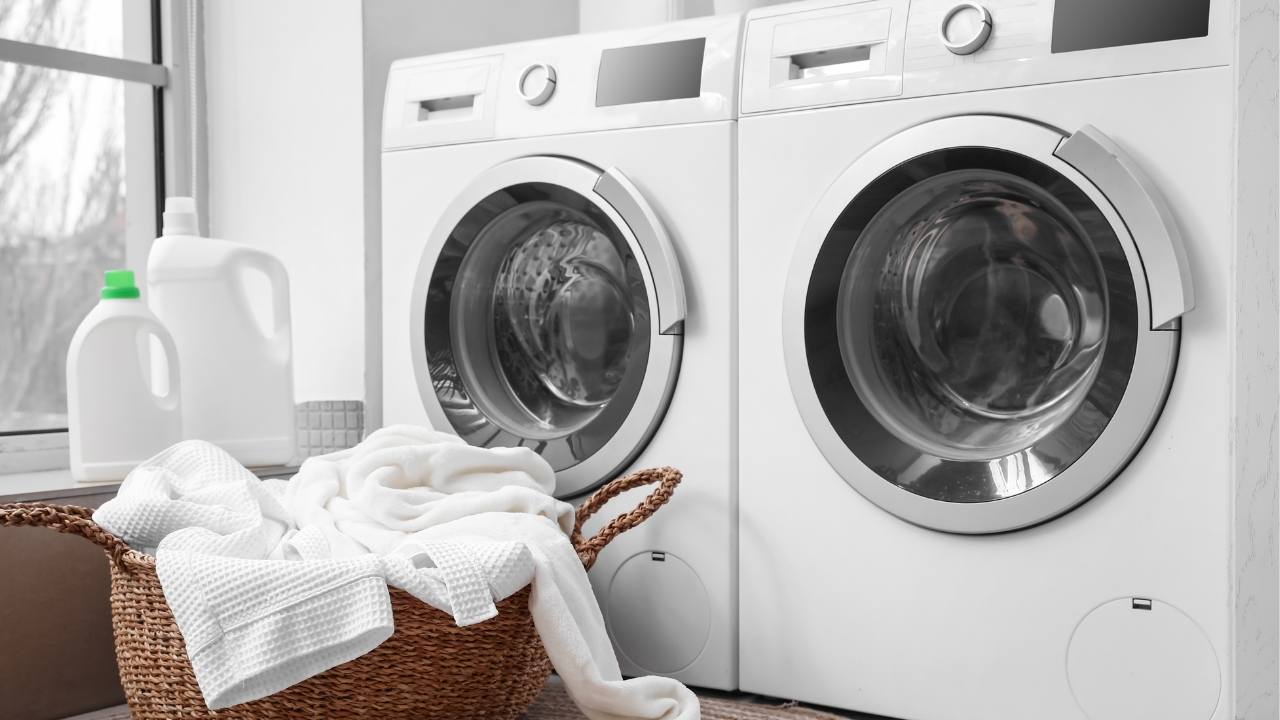
If your dryer isn’t properly vented outdoors—or if the vent hose is loose—you’re pumping hot, moist air straight into your house. It doesn’t take long to raise indoor humidity, especially in small laundry rooms. Always check that your vent is clear, connected, and actually exits the house.
You’re Cooking Without a Vent Hood

Boiling water, simmering soups, or using the oven adds moisture to the air. Without a vent hood—or one that actually vents outside—it lingers and spreads through the whole house. Using lids when you can and cracking a window while cooking can help, but a working vent hood is your best bet.
You Skip the Bathroom Fan

A single hot shower can pump out a surprising amount of humidity, especially if there’s no fan pulling it out. Leaving the door open or relying on a small window isn’t enough. Run the bathroom fan during and after showers, and check it yearly to make sure it’s still pushing air out.
Your Crawl Space or Basement Is Damp
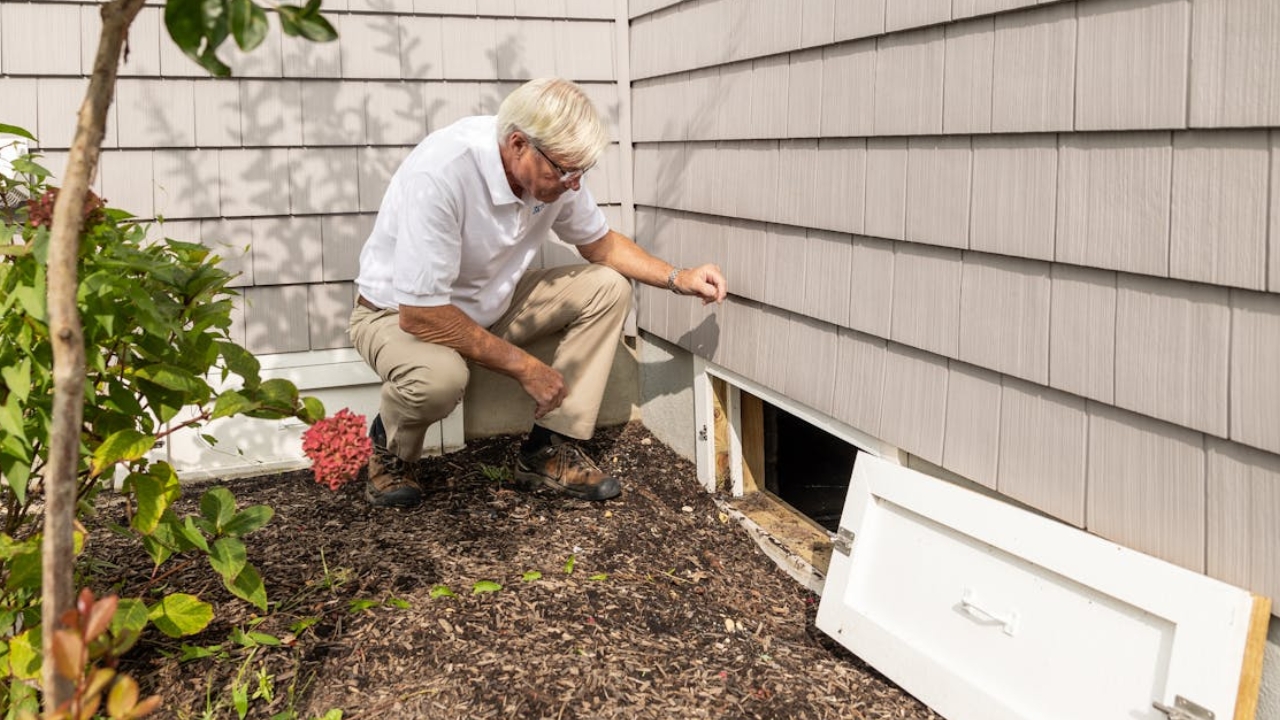
Moisture loves to sneak in from below. If your crawl space or basement isn’t sealed, vented, or has poor drainage, it’s probably sending moisture into the rest of your house. A dehumidifier can help, but the real fix is sealing off exposed earth and managing runoff around your home.
You Don’t Run a Dehumidifier
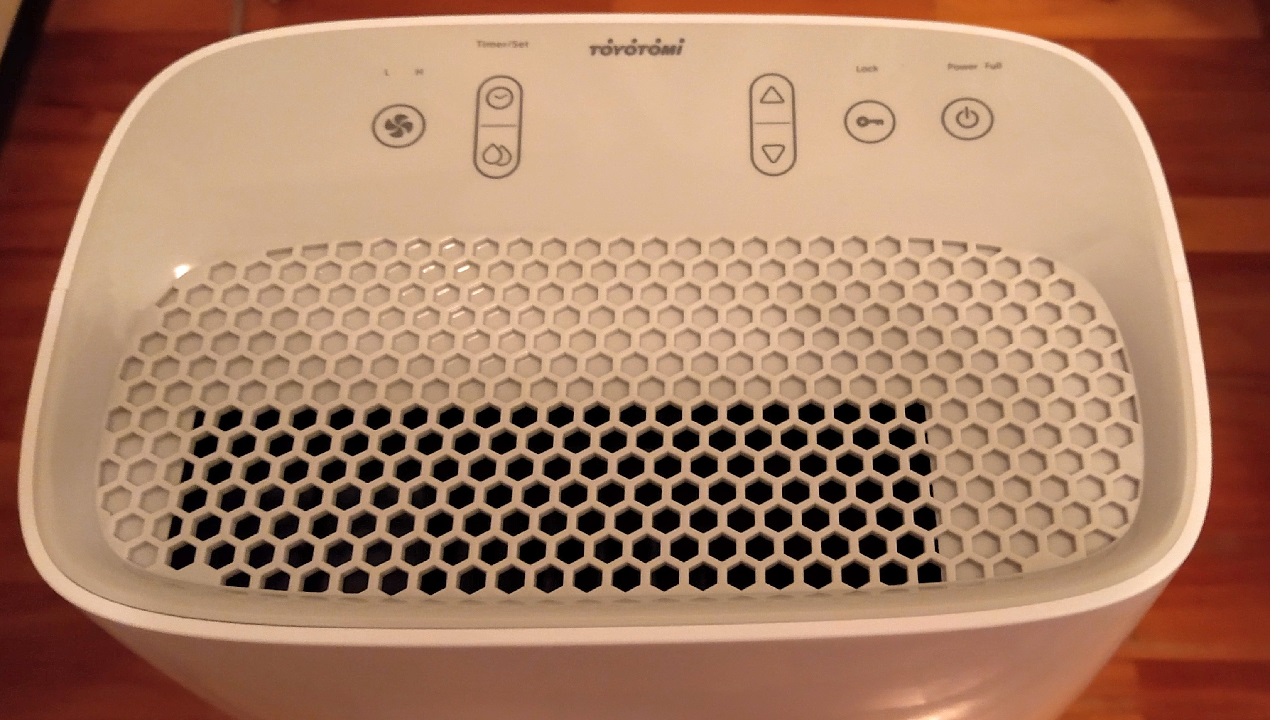
Sometimes, the AC alone can’t keep up—especially in naturally humid areas or homes with less insulation. A good dehumidifier can pull gallons of moisture out of the air every day. It’s especially helpful in basements, laundry rooms, or anywhere your AC doesn’t reach well.
You’re Using a Humidifier Year-Round
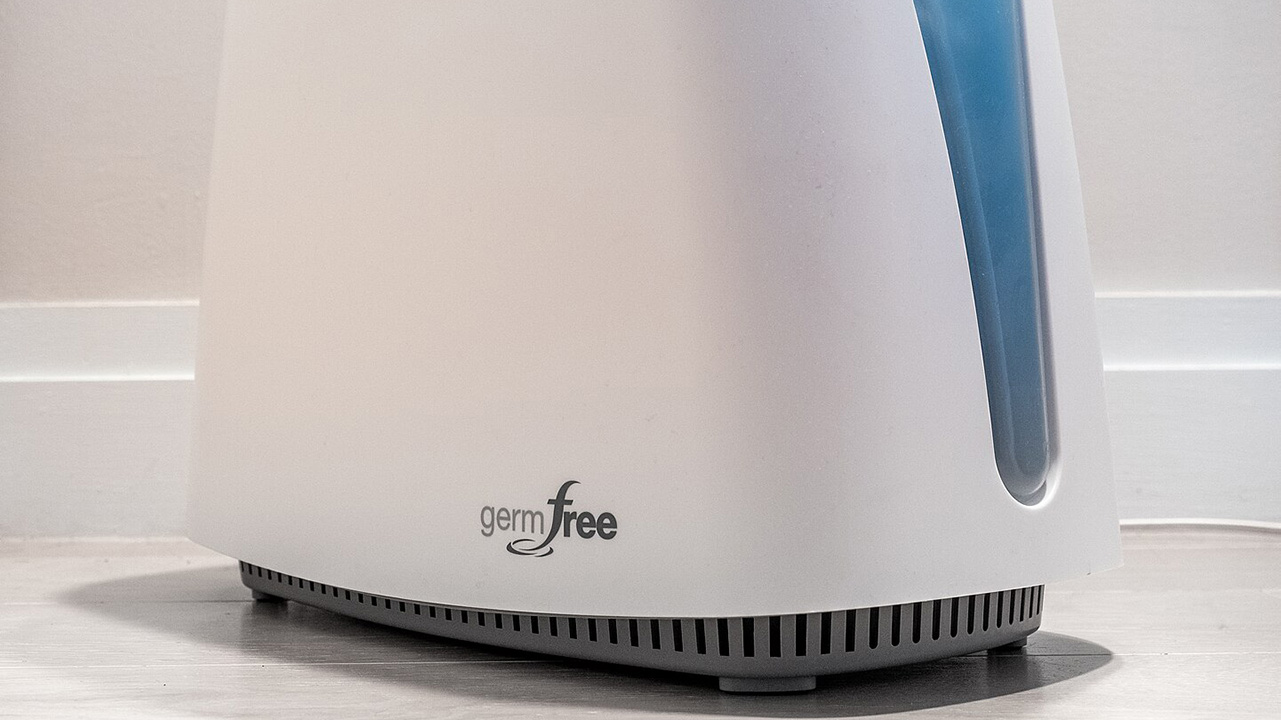
If you’ve been running a humidifier to fight winter dryness but forgot to turn it off when the heat died down, it’s probably not helping you now. Check to see if your whole-house humidifier or portable units are still running. In summer, they usually need to be shut off completely.
Your House Doesn’t Breathe Right

Homes need balanced airflow—too much sealing and not enough ventilation can trap humid air inside. But too much ventilation in the wrong places brings in more humidity. A good HVAC tech can help you get the balance right with things like fresh air intakes or energy recovery ventilators.
*This article was developed with AI-powered tools and has been carefully reviewed by our editors.






